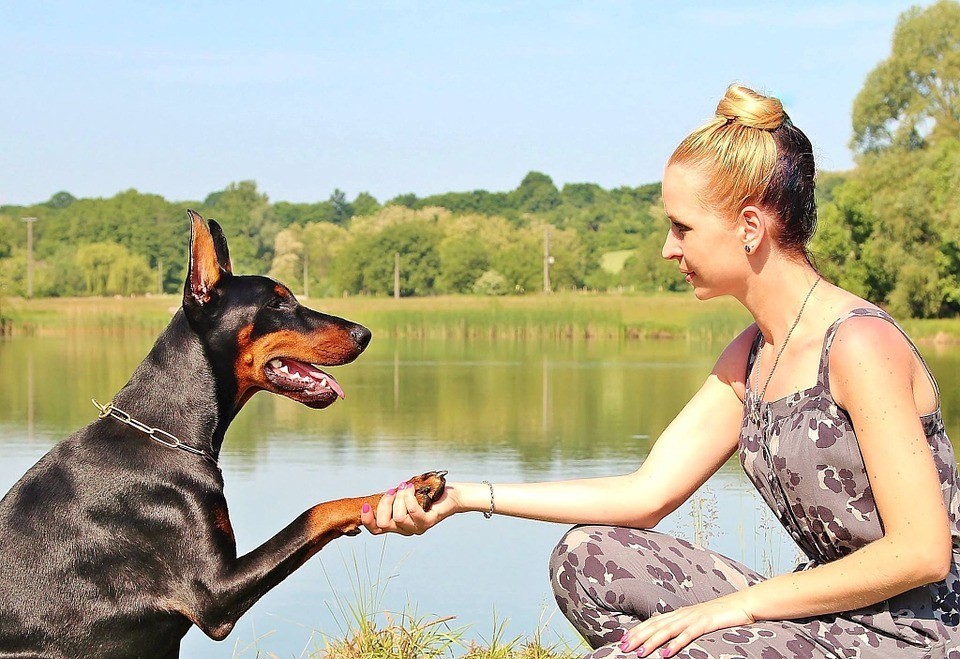How To Teach a Dog to Shake Hands (The Essential Steps)
A dog that knows how to shake hands has long been a great parlor trick for a reason. No matter how many times you’ve seen it, shaking a dog’s paw is always charming. It's an easy trick to teach your dog, too. All it requires is a little patience.
Things to Know Before Teaching Your Dog to Shake
When you’re ready to teach your dog how to shake, you better come equipped with a measure of patience. While the actual training sessions are typically short - you’ll just need to set aside about 5 minutes per day - it may take your dog several sessions to pull off the command. So don’t fret if he doesn’t get it after a couple of sessions; he’ll eventually get there.
The biggest step that you’ll need to take in this process is making sure that you have a trustworthy relationship with your dog. Ideally, this type of bond will already be in place by the time you get around to showing your buddy this trick. After all, it’s recommended that you train your pooch on the basics to build that bond before you jump into advanced tricks like paw shaking.
The Essential Steps Behind Teaching Your Dog to Shake

There are two basic training methods you can deploy to get your dog to shake hands. One is best suited for dogs that like to investigate things with their paws while the other works well for those that aren't as inherently proactive. Whatever method you use will depend on the nature of your pooch.
In the first method, you’ll want to clasp a treat firmly in your hand and allow your dog to check it out. You’ll want to ignore him if he sniffs at your hand, but you’ll also want to verbally praise him when he investigates with his paw. Make sure you give him a treat with your off-hand once he completes this task.
Next, you’ll want to repeat this step until he starts to paw at the hand holding the treat each time. When he gets to that point, hold out your hand without the treat. If he paws at your hand at this point, you can offer your open palm.
Eventually, you’ll be able to add verbal commands like “Shake!” to get him to carry out the process. You’ll also be able to gradually eliminate giving him a reward each time. With that being said, handing him a treat for this behavior every so often isn’t a bad thing.
In the second method, you’ll begin by getting down in front of your dog until his head is at your chest level. Give him a verbal cue like “Shake!” and gingerly lift his pay with your hand, marking this action with a word of positive reinforcement like “Good.” Be sure to give him a treat afterward.
You should expect to go through this step for several sessions with your pooch. But eventually, your dog will be able to associate your verbal command with lifting up his paw to your hand. And while you’ll eventually be able to stop giving him treats when he does shake, it’s never a bad thing to give him an occasional reward for a job well done.
Putting it into Practice
It may seem like a lot of steps to take for your dog to learn a party trick. But when you assemble all of these steps, you’ll find it to be a pretty streamlined process. In the case of the second method, there really isn’t a whole lot to teaching the trick other than patience.
It’s More than a Trick - It’s a Bonding Method
Having your dog shake your hand is cool thing to show off to family and friends. But the act itself is more than just a nifty little trick. It's representative of the bond that you and your buddy share; a bond built on love, trustworthiness, and mutual respect.
Again, you should have the foundation of this bond built up before attempting this trick. If you don’t, take the time to build up that foundation. The relationship between you and your dog will be substantially better if this is in place.

